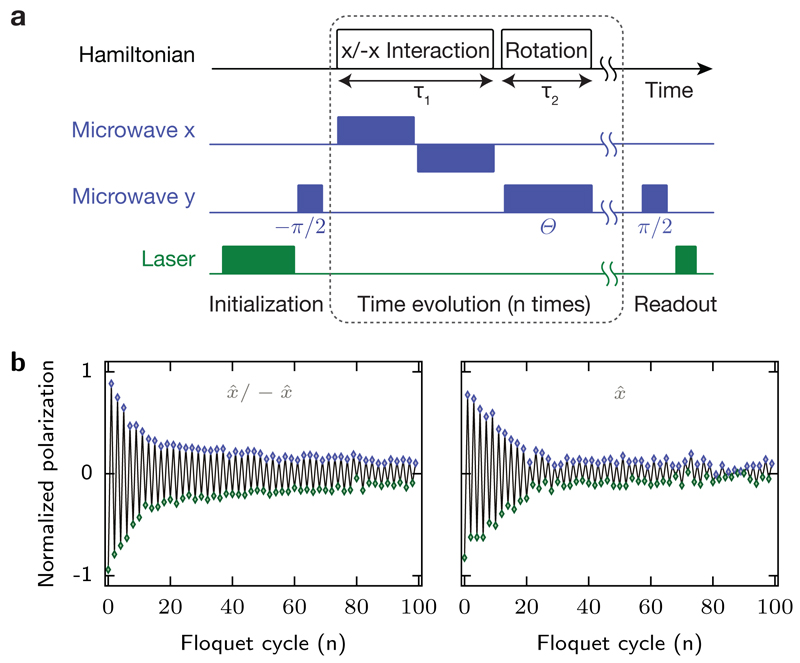Extended Data Figure 1. Effect of rotary echo sequence.
a Experimental sequence: during the interaction interval τ1, the phase of the microwave driving along x̂ is inverted after τ1/2. b Comparison of time traces of P(nT) in the presence (left) and absence (right) of an x̂/-x̂ rotary echo sequence at similar τ1 and θ (left: τ1 = 379 ns, θ = 0.979π; right: τ1 = 384 ns, θ = 0.974π). The rotary echo leads to more pronounced 2T-periodic oscillations at long time. Microwave frequencies used in the rotary echo sequence: Ωx = 2π × 52.9 MHz, Ωy = 2π × 42.3 MHz.

